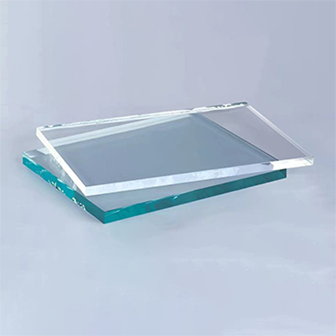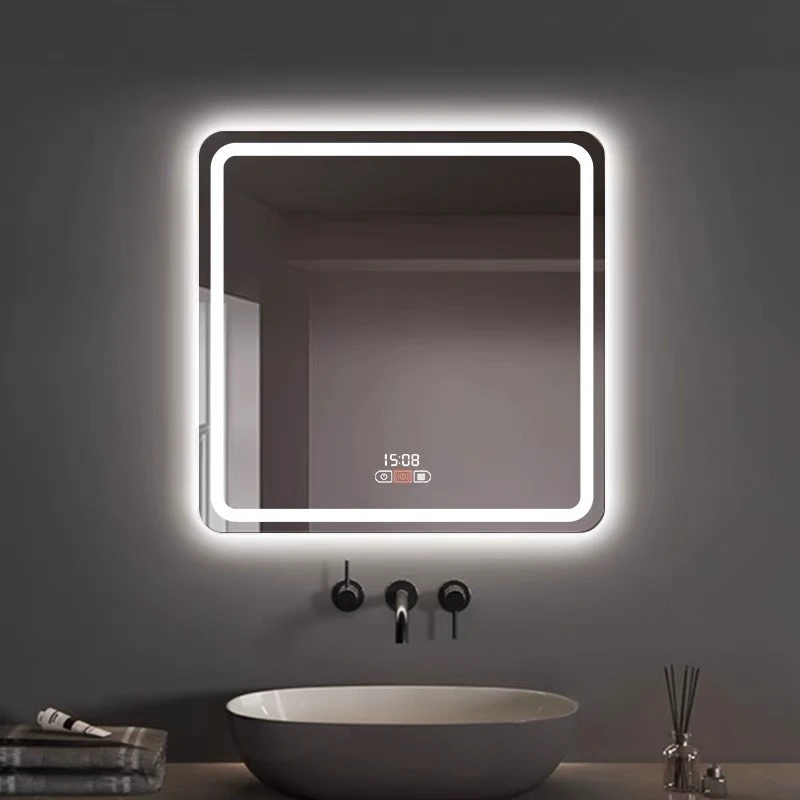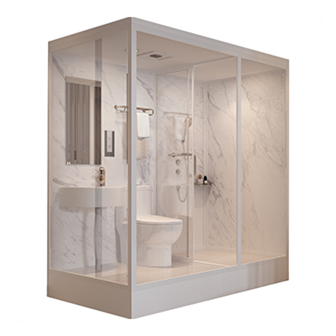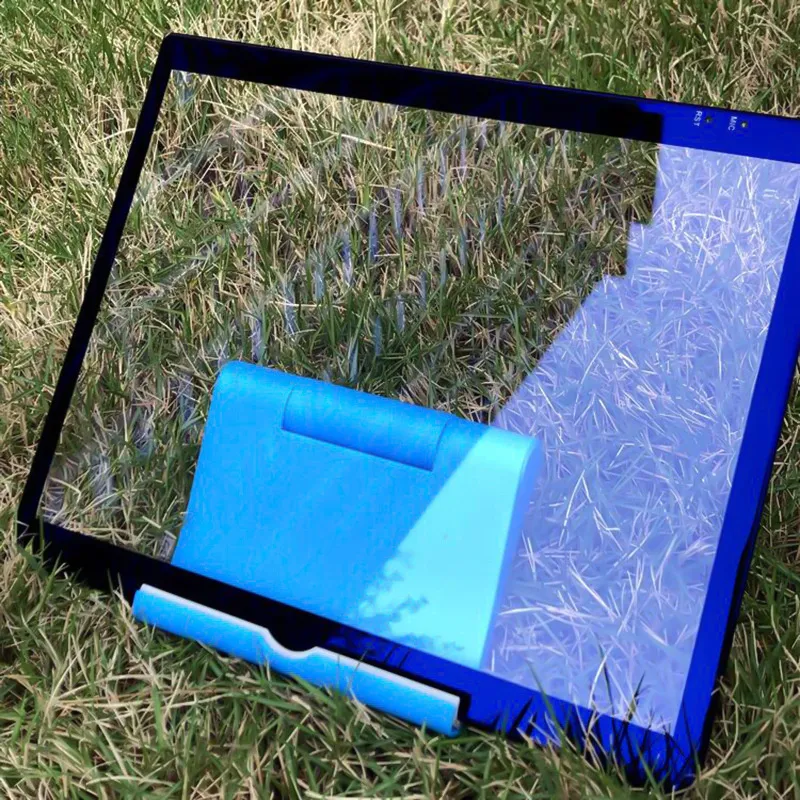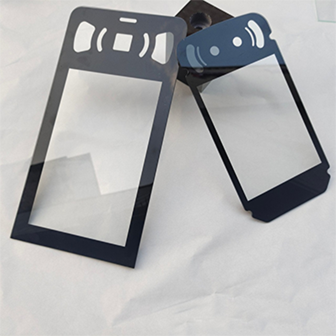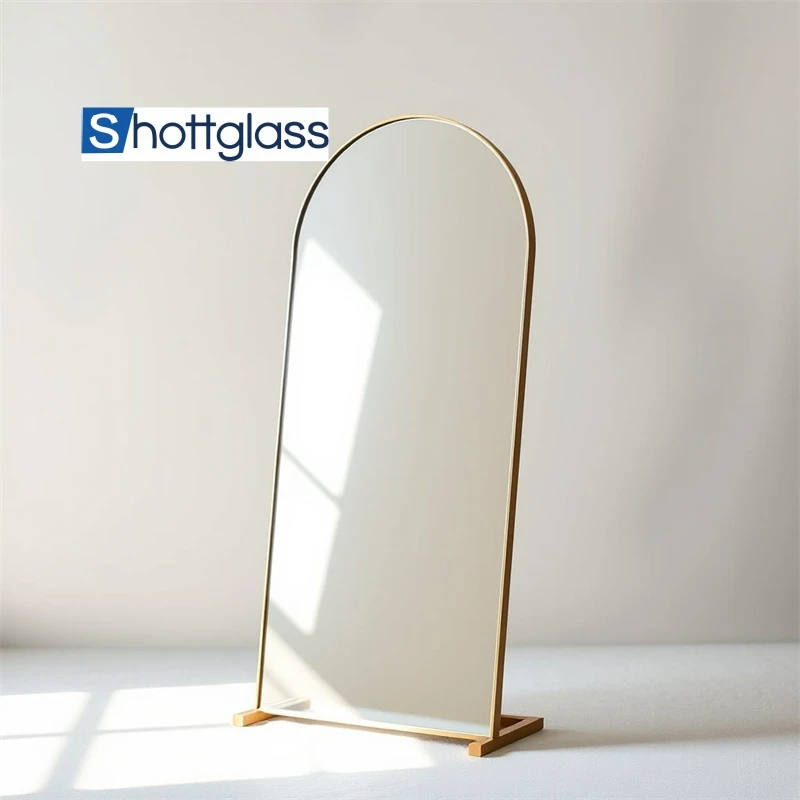Aug . 17, 2025 03:20 Back to list
Upgrade with Low Emissivity Windows for Superior Energy Savings
The Imperative of Energy Efficiency: A Deep Dive into low emissivity windows
In an era defined by escalating energy costs and an urgent global commitment to sustainability, the construction and architectural sectors are increasingly prioritizing advanced building materials that offer superior thermal performance. Among these innovations, low emissivity windows, often referred to as Low-E windows, have emerged as a cornerstone technology for enhancing energy efficiency in both residential and commercial structures. These sophisticated window systems are engineered to minimize heat transfer across the glass pane, significantly reducing the energy consumption associated with heating in colder climates and cooling in warmer environments. The underlying principle involves the strategic application of a microscopically thin, transparent metallic or metal oxide layer – known as a low emissivity coating – directly onto the glass surface. This coating acts as a selective filter, allowing visible light to pass through while reflecting a significant portion of infrared radiation, which is responsible for heat transfer. The market for high-performance glazing, particularly Low-E glass, is experiencing robust growth, driven by stringent energy codes, rising homeowner and corporate awareness of environmental impact, and the tangible economic benefits derived from lower utility bills. Industry reports project a continuous upward trajectory, with global demand fueled by new construction projects aiming for green building certifications and widespread retrofitting initiatives for existing infrastructure seeking to upgrade thermal envelopes. Understanding the intricate technical parameters and manufacturing processes of these windows is crucial for architects, developers, and facility managers looking to specify optimal solutions for their projects. Our commitment extends beyond mere product provision; we aim to be a pivotal partner in achieving your project's energy performance goals, delivering solutions that embody precision engineering and long-term value.
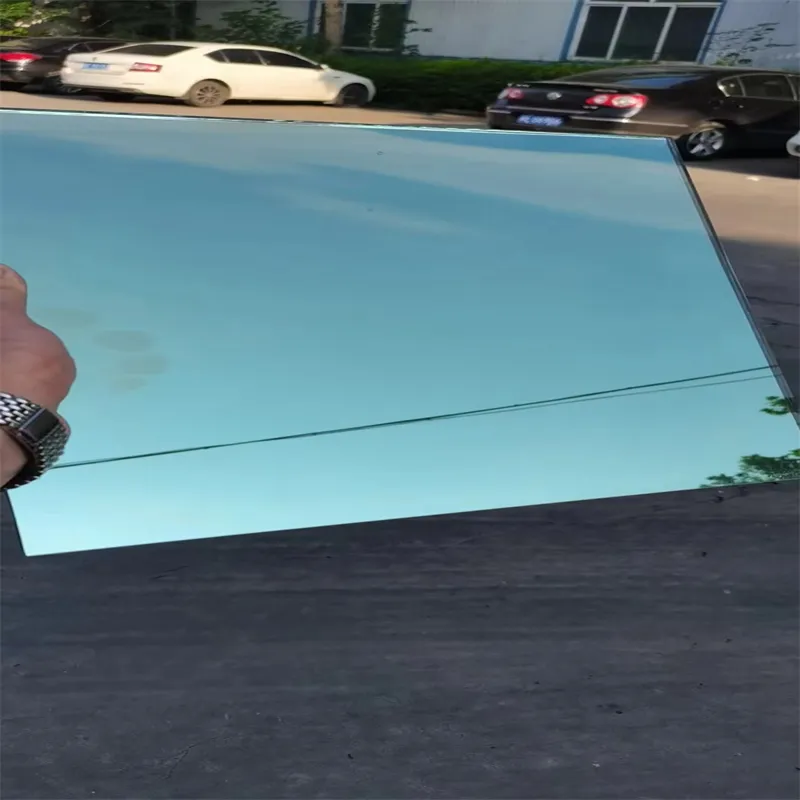
Understanding Low Emissivity: The Science Behind Energy Efficiency
At the heart of a low emissivity window's performance lies its specialized coating, designed to selectively control radiant heat flow. Emissivity, fundamentally, is a material's ability to emit radiant energy. Standard clear glass has a relatively high emissivity, meaning it readily radiates heat both indoors and outdoors. A low emissivity coating, conversely, possesses a very low emissivity value, typically between 0.03 and 0.20, significantly less than the 0.84 of clear glass. This low emissivity property enables the coating to reflect long-wave infrared radiation, which is the heat generated by indoor heating systems or absorbed from sunlight. In winter, the coating reflects internal heat back into the room, preventing it from escaping through the window. In summer, it reflects external heat away from the building, thereby reducing the cooling load. The effectiveness of a low emissivity glass coating is quantified by several key performance indicators: the U-factor (or U-value), which measures the rate of heat transfer through the window; the Solar Heat Gain Coefficient (SHGC), which represents the fraction of incident solar radiation admitted through a window; and Visible Light Transmittance (VLT), indicating how much visible light passes through. Superior Low-E windows achieve a low U-factor for excellent insulation, a suitable SHGC optimized for the climate (low for hot climates, higher for cold ones to allow passive solar gain), and high VLT for natural daylighting. These technical distinctions are critical in selecting the right glazing for specific building orientations and regional climatic conditions, ensuring optimal energy performance and occupant comfort without compromising daylight access.
Precision Manufacturing: The Crafting of Low Emissivity Glass
The production of high-quality low emissivity windows involves sophisticated manufacturing processes that ensure durability, optical clarity, and exceptional thermal performance. The journey begins with standard float glass, known for its uniform thickness and flatness. This base glass undergoes rigorous cleaning to remove any contaminants that could interfere with the coating adhesion or performance. The critical step involves applying the low emissivity coating, typically through one of two primary methods: pyrolytic (hard coat) or sputtering (soft coat). Pyrolytic coatings are applied during the float glass manufacturing process while the glass is still hot, fusing the metallic oxide layer to the glass surface. This method creates a highly durable coating that is resistant to scratching and chemical exposure, making it suitable for single-pane applications or where the coating might be exposed. Sputtered coatings, on the other hand, are applied in a vacuum chamber at ambient temperatures using a process called magnetron sputtering. This involves bombarding metallic targets with ions, causing atoms to eject and deposit onto the glass surface in ultra-thin layers, often consisting of multiple layers of silver or other metals interspersed with dielectric layers. While these "soft coats" offer superior thermal performance (lower emissivity), they are more delicate and typically require protection within an Insulated Glass Unit (IGU), where the coating faces into the sealed air or argon-filled space. After coating, the glass sheets are cut to precise dimensions and may undergo further processes such as tempering for safety, lamination for enhanced security and sound reduction, or assembly into IGUs. Each step, from raw material inspection to final product verification, adheres to stringent international standards such as ISO 9001 for quality management and ASTM/EN standards for performance testing, including U-factor, SHGC, and VLT measurements, ensuring that every low emissivity glass coating meets specified parameters for longevity and effectiveness. This meticulous control over the manufacturing process guarantees that our low emissivity windows deliver consistent, reliable energy savings and comfort over their extensive service life, which typically exceeds 20 years in standard applications.
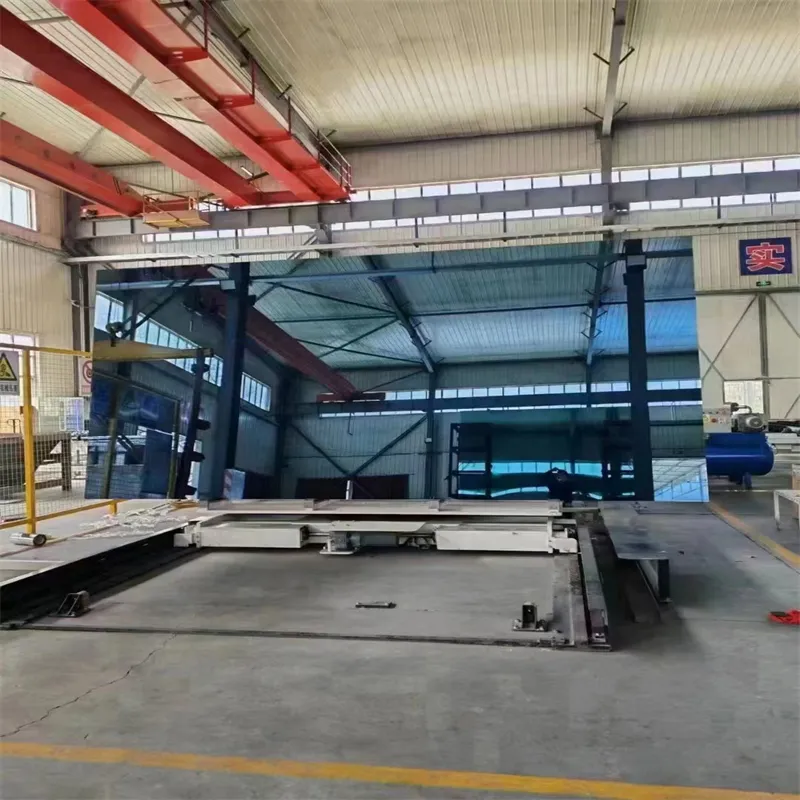
Key Technical Parameters for Low Emissivity Glass
Understanding the detailed technical parameters of low emissivity windows is crucial for making informed decisions regarding their application. These parameters directly influence a building's energy consumption and occupant comfort. The U-factor, expressed in Btu/hr·ft²·°F (or W/m²·K), quantifies the heat transfer rate, with lower values indicating better insulation. For example, a standard double-pane window might have a U-factor around 0.47, while a modern double-pane low emissivity window with argon gas fill can achieve U-factors as low as 0.25-0.29. The Solar Heat Gain Coefficient (SHGC) ranges from 0 to 1, representing the fraction of solar radiation that passes through a window as heat. A lower SHGC is desirable in hot climates to minimize solar heat gain, typically ranging from 0.20 to 0.40 for high-performance Low-E products. Visible Light Transmittance (VLT), also ranging from 0 to 1, indicates the percentage of visible light passing through, with values typically between 0.60 and 0.80 for clear Low-E glass, ensuring ample natural light without excessive heat. Other critical parameters include Light to Solar Gain Ratio (LSG), which is the ratio of VLT to SHGC, indicating how much light comes through for a given amount of heat. Air leakage, measured in CFM/ft² (or m³/hr·m²) at a specific pressure difference, also contributes to overall window performance. For example, a typical high-performance Low-E IGU might feature two panes of 6mm clear float glass, a 12mm argon-filled space, and a single silver low emissivity coating on surface 2, yielding a U-factor of 1.6 W/m²K, an SHGC of 0.45, and a VLT of 0.70. These specifications are meticulously tested and certified according to industry standards such as NFRC (National Fenestration Rating Council) in North America or EN (European Norm) standards in Europe, providing a consistent basis for performance comparison across manufacturers. Our product line, Low Emissivity Glass, is designed to meet and exceed these rigorous standards, providing reliable, measurable energy savings.
| Parameter | Unit | Standard Clear Double Glazing (6mm Glass, 12mm Air Gap) | Single Silver Low-E Double Glazing (6mm Glass, 12mm Argon Gap) | Double Silver Low-E Double Glazing (6mm Glass, 12mm Argon Gap) |
|---|---|---|---|---|
| U-factor (Thermal Transmittance) | W/m²K | 2.8 - 3.0 | 1.6 - 1.8 | 1.0 - 1.2 |
| Solar Heat Gain Coefficient (SHGC) | (dimensionless) | 0.70 - 0.75 | 0.40 - 0.50 | 0.25 - 0.35 |
| Visible Light Transmittance (VLT) | % | 80 - 85 | 70 - 75 | 60 - 68 |
| Light to Solar Gain (LSG) Ratio | (dimensionless) | ~1.1 | ~1.6 | ~2.0 |
| Emissivity | (dimensionless) | 0.84 | 0.08 - 0.15 | 0.03 - 0.04 |
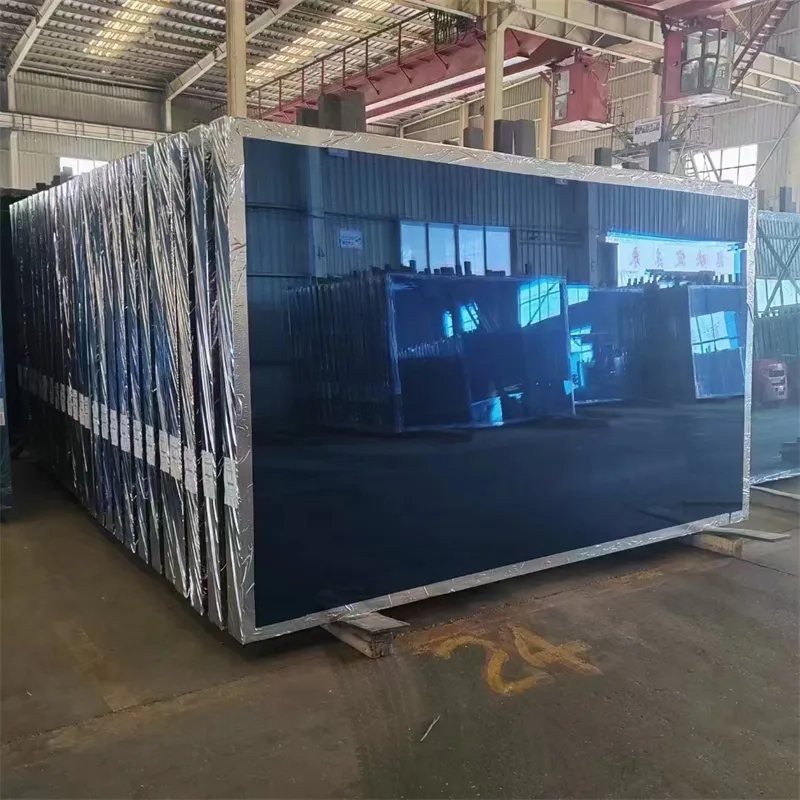
Versatile Applications and Unrivaled Advantages of Low-E Solutions
The adaptability and superior performance of low emissivity windows make them an indispensable component across a broad spectrum of industries and architectural designs. In the commercial sector, from towering skyscrapers and corporate campuses to retail establishments and healthcare facilities, Low-E glass significantly reduces HVAC loads, leading to substantial operational cost savings and contributing to LEED certification targets. For instance, a 2018 study by the National Renewable Energy Laboratory (NREL) indicated that high-performance windows, including Low-E, could reduce building energy use by 15-30%. In residential applications, these windows enhance thermal comfort by eliminating cold spots near windows in winter and reducing heat gain in summer, fostering a more stable indoor environment. Beyond traditional buildings, low emissivity solutions find specialized uses in industries demanding precise environmental control, such as data centers where heat rejection is critical, museums requiring UV protection for delicate artifacts, and even in certain segments of the automotive and aerospace industries for enhanced thermal management and reduced fuel consumption. The primary advantage is, undeniably, energy efficiency, leading to lower utility bills and a reduced carbon footprint. Furthermore, Low-E glass provides excellent UV protection, blocking up to 99% of harmful ultraviolet rays, which helps prevent fading of interior furnishings, artwork, and flooring. It also significantly reduces condensation on the interior glass surface during cold weather, preserving interior air quality and preventing mold growth. The superior insulation offered by low emissivity windows also contributes to improved acoustic performance, dampening external noise for a quieter indoor environment. Our products are extensively used in diverse projects, including large-scale commercial complexes, specialized industrial cleanrooms, and high-end residential developments, consistently demonstrating their value in optimizing building performance and ensuring long-term operational savings.
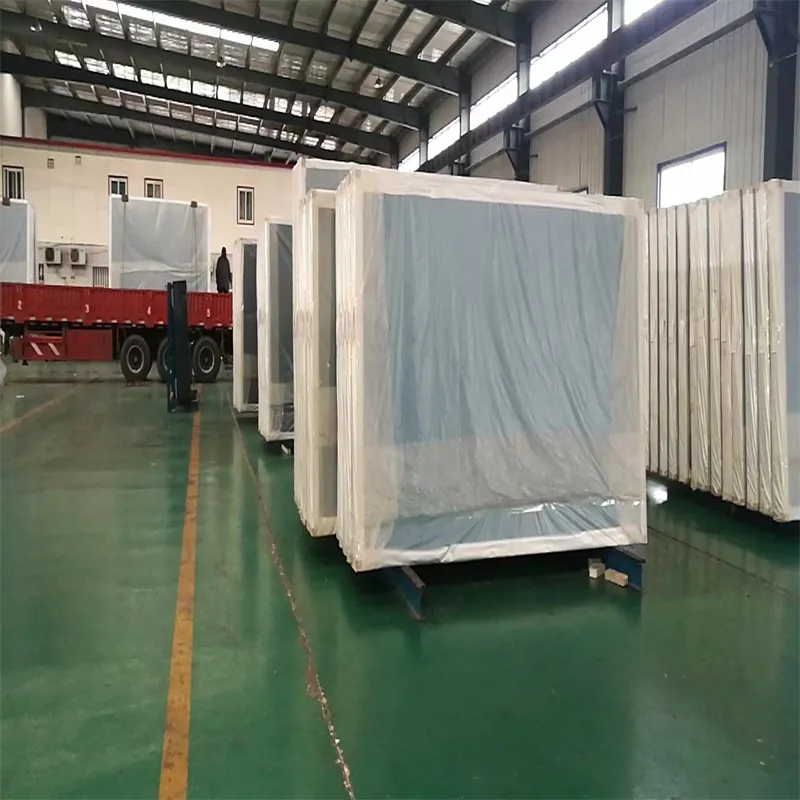
Choosing Your Partner: Expertise, Customization, and Trust
Selecting the right manufacturer for low emissivity windows is paramount to ensuring project success and long-term performance. A reputable provider distinguishes itself through a commitment to technological innovation, adherence to stringent quality control, and a proven track record of customer satisfaction. When evaluating potential partners, consider their expertise in advanced glazing technologies, their ability to offer customized solutions tailored to specific project requirements, and their commitment to authoritative certifications. We pride ourselves on offering a comprehensive range of Low Emissivity Glass options, from single-silver to triple-silver coatings, suitable for various climates and performance objectives. Our customization capabilities extend beyond standard sizes and shapes to include bespoke designs, specialized glass types (e.g., tempered, laminated, insulated, fire-rated), and integration with intelligent building systems. We understand that each project presents unique challenges, whether it's optimizing for maximum daylight and minimal heat gain in a sunny climate or ensuring superior insulation in an extreme cold environment. Our team of technical specialists collaborates closely with architects, engineers, and contractors from conception to completion, providing expert guidance on glass selection, U-value optimization, SHGC calibration, and installation best practices. With over two decades of experience in the glass manufacturing industry and a portfolio spanning numerous successful B2B projects globally, our expertise is backed by ISO 9001 and ISO 14001 certifications, reflecting our unwavering commitment to quality management and environmental responsibility. Our products are also tested and compliant with major international standards like ASTM E2188/E2189/E2190 for insulated glass units and ANSI Z97.1 for safety glazing materials, ensuring compliance and peace of mind for our clients. This dedication to technical excellence and client partnership has solidified our position as a trusted leader in the advanced glass solutions market.
Real-World Impact: Case Studies and Client Successes
The tangible benefits of implementing low emissivity windows are best illustrated through real-world applications and client testimonials. For example, in a major commercial office complex completed in Dubai, our custom-engineered double-silver Low-E glass significantly reduced the building's cooling load by an estimated 35% compared to conventional glazing. This led to a projected annual energy saving of over $500,000 and substantially improved indoor comfort for thousands of occupants in a notoriously hot climate. The project achieved a high sustainability rating, partially due to the exceptional thermal performance of the fenestration. Another notable application involved a university library renovation in a cold climate. By replacing outdated single-pane windows with our high-performance triple-glazed low emissivity windows, the university reported a 28% decrease in heating energy consumption during winter months. This upgrade not only reduced utility costs but also eliminated condensation issues and enhanced the overall learning environment by maintaining stable interior temperatures. Feedback from the facility management team highlighted the drastic improvement in thermal comfort near window areas. Furthermore, a specialized project for a high-precision manufacturing facility required a unique combination of thermal insulation, UV protection, and acoustic dampening. Our customized low emissivity glass coating solution, integrated into a laminated insulated glass unit, successfully met all stringent requirements, contributing to a controlled cleanroom environment and protecting sensitive equipment from solar radiation. These cases underscore our capability to deliver tailored, high-performance glass solutions that address specific architectural and environmental challenges, resulting in measurable energy savings and enhanced occupant well-being. Our long-standing relationships with leading architectural firms and construction companies are built on a foundation of trust, quality, and proven results, reinforcing our authoritative standing in the industry.

Trust & Transparency: Your Questions Answered
Frequently Asked Questions (FAQs)
Q1: What is the lifespan of a Low-E coating, and how does it affect the overall window durability?
A1: The lifespan of a high-quality low emissivity coating, especially a soft coat protected within an Insulated Glass Unit (IGU), is typically equivalent to the lifespan of the IGU itself, often exceeding 20-30 years. Hard coats, being more durable, can last even longer. The coating is designed to be highly stable and does not degrade under normal operating conditions. Our manufacturing processes ensure the hermetic seal of the IGU, preventing moisture ingress that could compromise the coating's integrity. We adhere to rigorous accelerated aging tests like ASTM E2188/E2189/E2190 to validate long-term performance and durability.
Q2: Can low emissivity windows be customized for specific architectural designs or extreme weather conditions?
A2: Absolutely. Our capabilities extend to highly customized low emissivity glass coating solutions. This includes varying glass thicknesses, incorporating multiple glass types (e.g., tempered for safety, laminated for security or soundproofing), selecting specific Low-E coatings (single, double, or triple silver) to optimize for U-factor and SHGC based on regional climate and building orientation, and gas fills (argon, krypton) for enhanced insulation. We also offer jumbo sizes and complex shapes to meet unique architectural visions, ensuring both aesthetic appeal and peak thermal performance.
Q3: What are the typical delivery times and warranty terms for your Low Emissivity Glass products?
A3: Delivery times for our Low Emissivity Glass products vary depending on the complexity and volume of the order. Typically, standard orders can be processed and shipped within 3-5 weeks from confirmation. For highly customized or large-scale projects, we provide a detailed project timeline upon order finalization, with dedicated project managers overseeing logistics. We offer a comprehensive warranty for our Low-E insulated glass units, typically covering hermetic seal failure for 10-20 years, depending on the product series, and ensuring the continued performance of the low emissivity coating. Full warranty details are provided with every quotation, underscoring our commitment to product quality and customer satisfaction.
Commitment to Quality and Support
Our dedication to client success extends beyond manufacturing superior low emissivity windows. We provide end-to-end customer support, from initial consultation and technical specification assistance to post-delivery support and installation guidance. Our team is equipped to address complex engineering challenges and provide tailored recommendations that align with your project's specific energy performance targets and budgetary constraints. Our quality assurance protocols are integrated into every stage of the manufacturing process, from raw material sourcing to final product inspection, ensuring that each unit of Low Emissivity Glass meets or exceeds industry standards. We uphold full transparency in our operations, providing detailed product specifications, test reports, and certifications upon request. Our goal is to be a trusted, long-term partner, empowering your projects with sustainable, high-performance glazing solutions that deliver lasting value and energy efficiency. Partner with us to transform your architectural visions into energy-efficient realities, backed by unparalleled expertise and commitment.
References and Authoritative Resources
- National Renewable Energy Laboratory (NREL). "Windows and Daylighting: Technologies."
- International Organization for Standardization (ISO). "ISO 9001: Quality management systems."
- ASTM International. "ASTM E2188/E2189/E2190: Standard Test Methods for Insulating Glass Unit Performance."
- European Committee for Standardization (CEN). "EN 673: Glass in building – Determination of thermal transmittance (U value) – Calculation method."
- Lawrence Berkeley National Laboratory (LBNL). "Windows and Building Envelope Materials."
-
Types of Reflective Glass
NewsNov.17,2025
-
What Is Dichroic Glass?
NewsNov.17,2025
-
Smart LED mirrors can have touch controls
NewsNov.17,2025
-
Laminated glass improves energy efficiency
NewsNov.17,2025
-
Insulated glass enhances building comfort
NewsNov.17,2025
-
Acid etched glass offers elegant privacy
NewsNov.17,2025
Related PRODUCTS


